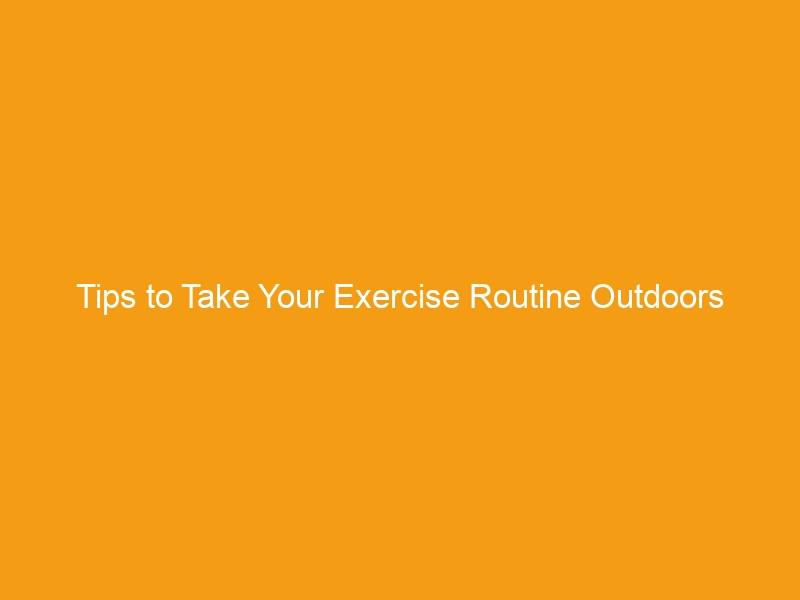In many places around the U.S. because of the uptick in coronavirus cases, gyms are either having to stay closed for the foreseeable future, or they’re being re-closed after having opened for a few weeks. Even if gyms are open where you live, you may not be ready to go back.
Even so, for many of us, working out, including in gyms, is critical to our mental and physical health.
All of this means that you may be considering moving your workouts outdoors if you haven’t already. It can be a little more challenging if you live in a big city like New York because there are fewer green spaces and more traffic.
The city does take certain steps to make it a more pedestrian-friendly place, such as by making crosswalks more visible, but still if you live in an urban area, be cautious as far as safety when exercising outdoors.
Beyond the safety factor, the following are some tips to help you make the transition to outdoor exercise.
Embrace the Benefits
While indoor exercise may be more convenient, some benefits come with outdoor exercise, so embrace these and use them as a source of motivation. For example, when you workout outdoors, you may lose more body fat and gain more muscle.
This is because when you exercise outdoors you’re challenging your body more with the inherent obstacles, inclines, and declines.
Outdoor exercise may also improve your mood more than indoor exercise.
Studies show that people who workout outdoors tend to feel more revitalized when they’re done, and they feel more satisfied with their workout as compared to people who workout indoors.
Get the Right Shoes and Clothes
If you’re used to working out indoors and you use a treadmill, you may need to re-evaluate your shoes.
You have to think that you may be running, walking, or exercising on pavement, gravel, or dirt.
Your shoes need to have good, fresh tread, and you should research the best shoes for the particular activities you’re most likely to be doing.
You may also need to think about what you wear. You want light layers that you can take off or add as necessary that are breathable.
Don’t forget the sunscreen and water bottle either.
You’ll need to drink more water than you’re used to because of heat and humidity, particularly depending on where you live.
Use An Activity Tracker
If you’re used to doing your workouts indoors, you may use the trackers on the machines to figure out things like speed, distance, and calories burned. You won’t be able to do this outside, so to ensure you’re getting the intensity you want out of your workout when you move it outdoors, use a wearable activity tracker.
Start Slow
Exercising outdoors can take some time to get used to, and it can be tougher on you than working out in a climate-controlled space, particularly since we’re in the height of the summer right now.
Let yourself get used to the differences in temperature and conditions. You may not be able to do as much as you’re used to doing in the gym, and that’s normal.
To give you an example, if you’re used to running three miles on a treadmill, you might want to initially cut it down to a mile or a mile-and-a-half as you adjust.
Then you can slowly work your way up.
Don’t Forget Strength Training
You may find that it’s simple to transition your cardio outdoors because you can do things like running stairs, jogging, or walking pretty easily.
However, don’t neglect your strength training.
There are a lot of ways you can do strength training outdoors.
One option is to create your own park circuit. Most parks have things like pullup bars and benches that you can use. For example, you can do incline pushups, and triceps dips using a park bench. You can also use a bench to do glute bridges and dip and curls.
If you find monkey bars or some other type of bar, you can target your abs with a hanging crunch.
You can also easily do other bodyweight strength training exercises outdoors and with no equipment such as burpees, bicycle crunches, mountain climbers, and jump squats.
Occasionally, pack some rubber bands that are lightweight and easy to transport and can take the place of free weights.
Exercising outdoors may be something you start relying on even once your gym reopens.

